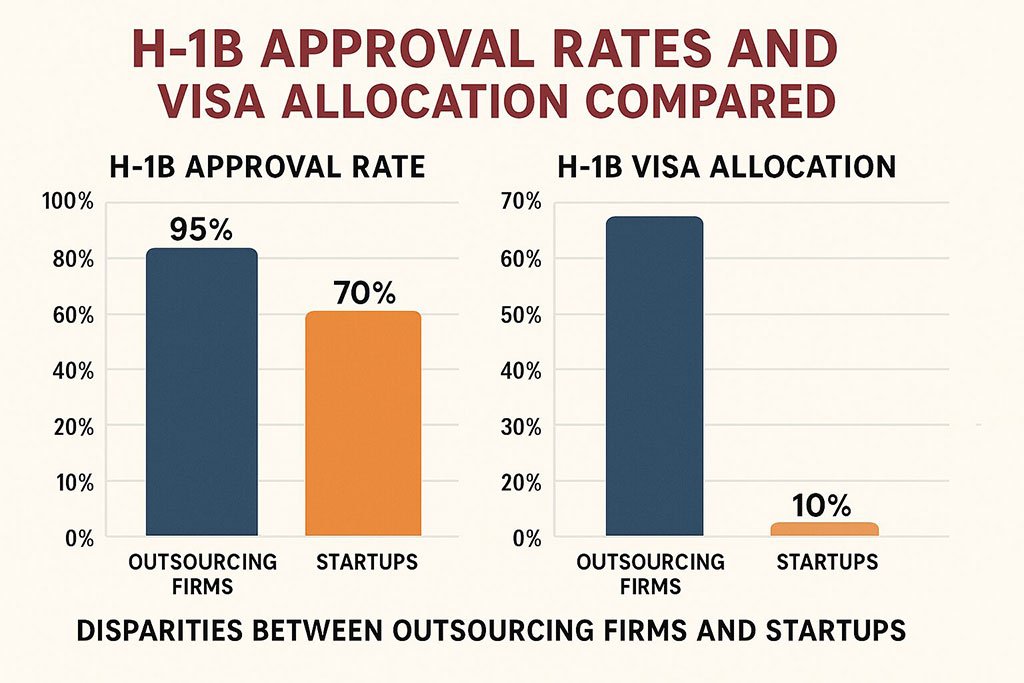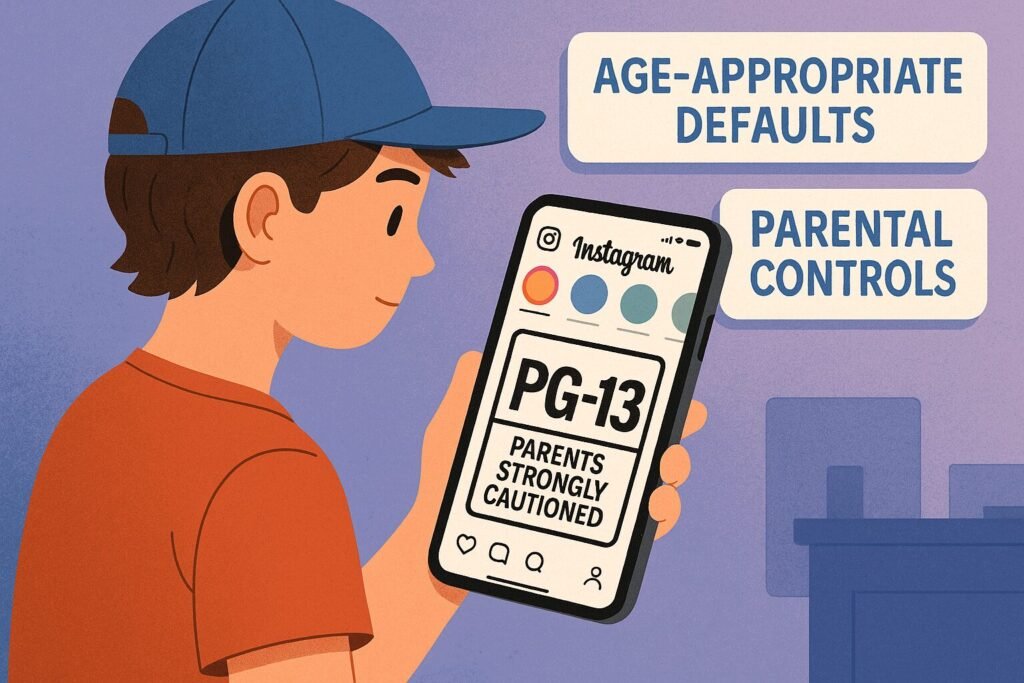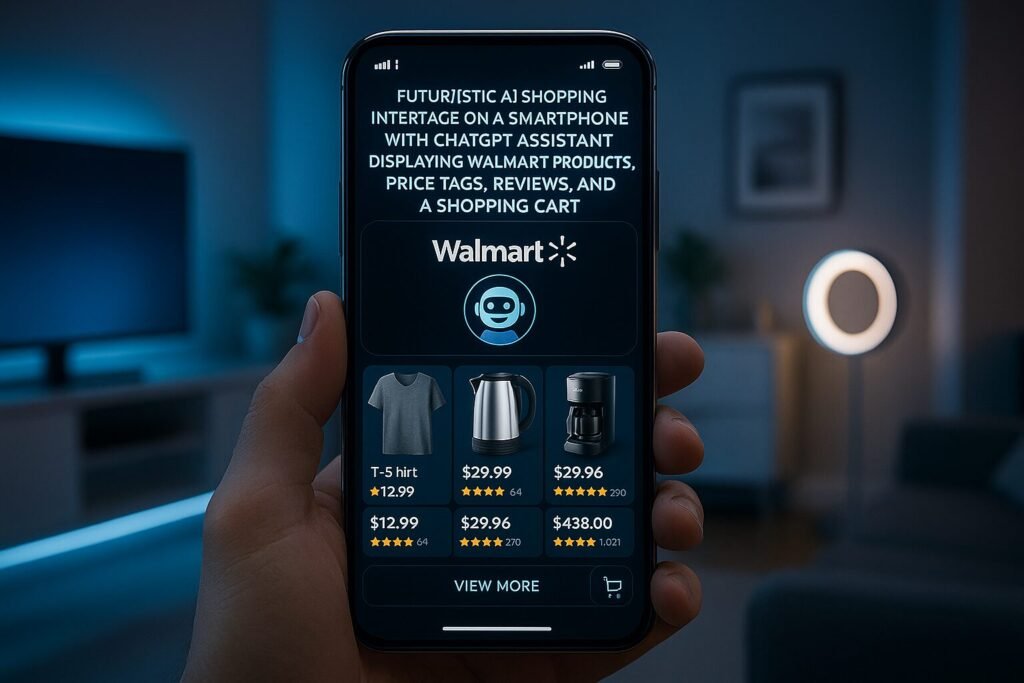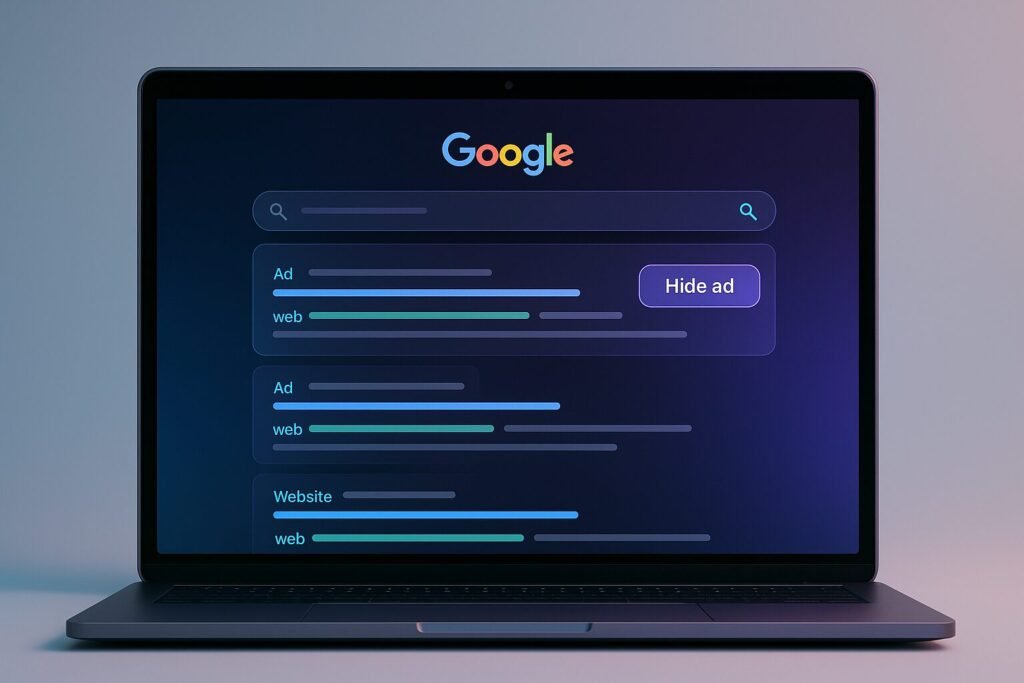Now Reading: Chrome Tames the Notification Overload: What Users Need to Know
-
01
Chrome Tames the Notification Overload: What Users Need to Know
Chrome Tames the Notification Overload: What Users Need to Know
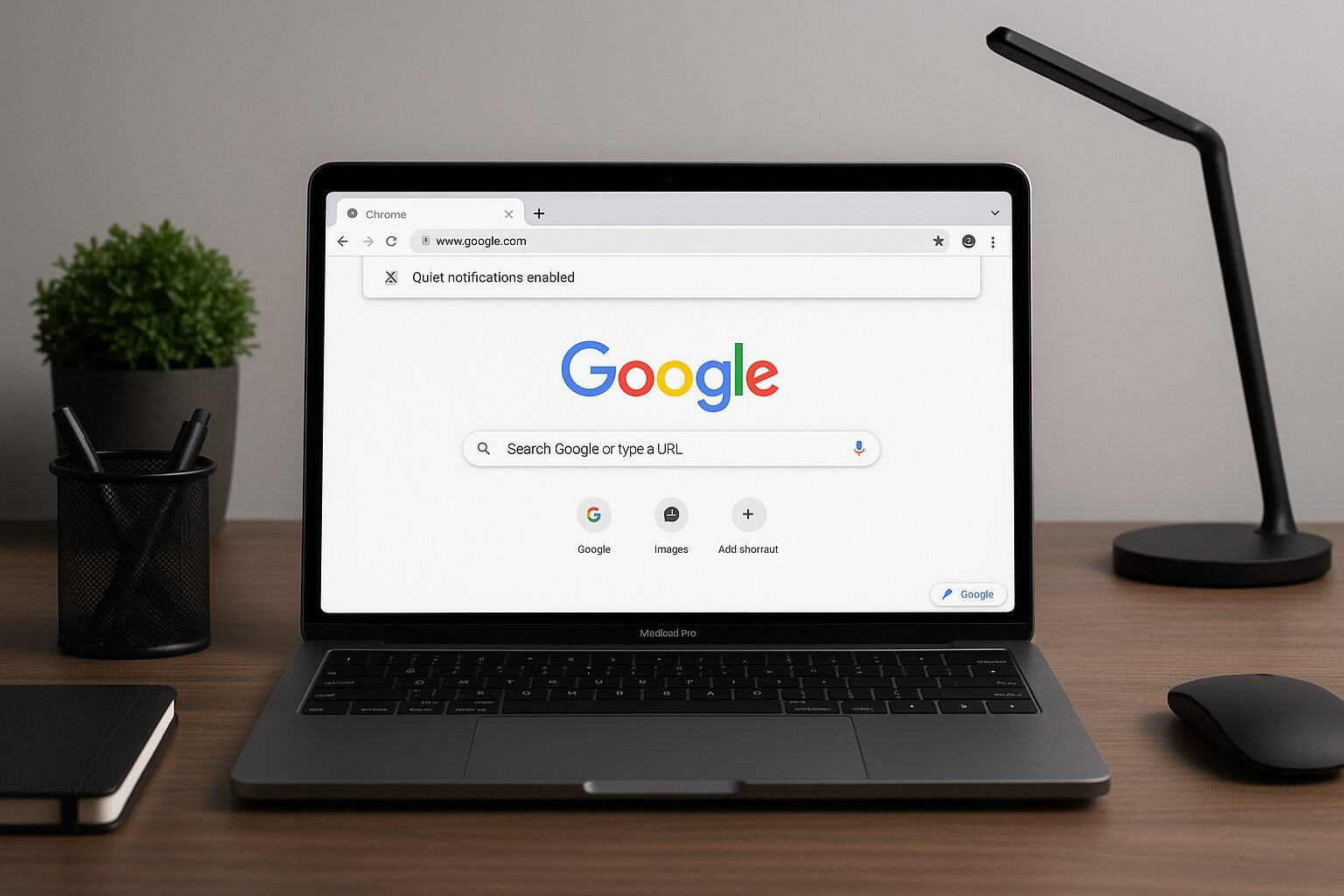
Chrome Tames the Notification Overload
For years, internet users have grappled with the constant barrage of browser notifications. From news alerts to website pop-ups, these interruptions have become an unavoidable part of the online experience, often hindering productivity and focus. Recognizing this persistent issue, Google Chrome has introduced smarter notification controls, designed to reduce digital clutter while giving users more autonomy over what they see. This shift marks a significant moment in browser design philosophy: prioritizing user attention over relentless engagement.
At its core, Chrome’s approach is about reclaiming user focus. Notifications, when properly managed, are helpful—they alert users to essential updates, breaking news, or reminders. However, when misused, they become distractions. Studies show that an average user can encounter 5–10 intrusive notifications per hour, leading to what psychologists call “notification fatigue.” Users often feel overwhelmed, and their attention spans are fragmented, reducing overall efficiency. Chrome’s quiet mode and automatic blocking aim to restore control, ensuring notifications remain informative rather than intrusive.
From a business perspective, notifications have long been a double-edged sword. On one hand, they drive engagement, remind users of products, and can enhance loyalty when used responsibly. On the other hand, excessive or poorly timed notifications erode trust and even push users away. Chrome’s update encourages companies to adopt a more strategic approach: sending notifications that are contextually relevant, timely, and respectful of the user’s digital space. This balance ensures that brands remain present without becoming overbearing.
The core features of Chrome’s update are simple but impactful. First, quieter prompts reduce the visual and auditory load of alerts, allowing users to continue their tasks with minimal disruption. Second, Chrome automatically silences sites that repeatedly push irrelevant notifications, effectively teaching websites to respect user preferences. Third, enhanced settings provide granular control, enabling users to decide which websites can send alerts and when. Finally, integration with focus mode ensures that critical work periods remain distraction-free. Collectively, these features create a more human-centric browsing experience, allowing individuals to navigate the web with intention and focus.
The benefits of this update are clear. Users regain control over their digital environment, experiencing fewer interruptions and less stress, while businesses that respect notification best practices strengthen credibility and engagement. However, there are challenges. Some essential notifications may be accidentally muted, and casual users may need guidance to fully leverage the new controls. Additionally, smaller businesses relying heavily on notifications for engagement might see short-term declines in reach. Despite these hurdles, the update represents a step forward in the broader digital wellbeing movement, which prioritizes quality interaction over quantity.
Globally, the relevance of Chrome’s changes cannot be overstated. In North America and Europe, where productivity and focus are highly valued, quiet notifications support professional and academic workflows. In Asia-Pacific, where mobile and desktop users frequently navigate high-density notification environments, these controls reduce cognitive overload. Even in emerging markets, where browser defaults often allow frequent alerts, Chrome’s features provide essential tools for digital attention management. Research suggests that 65% of users report lower stress when unnecessary notifications are minimized, highlighting the psychological benefits of these changes.
For users looking to optimize their experience, practical steps include enabling quiet mode, reviewing site permissions regularly, and leveraging focus or do-not-disturb features during work or study sessions. For businesses, the takeaway is equally clear: send notifications thoughtfully, personalize alerts to user interests, and monitor engagement metrics to refine frequency and timing. By doing so, brands maintain relevance without contributing to digital overload.
Google Chrome’s move to tame notification overload is more than a software update—it reflects a shift in digital philosophy, emphasizing human attention, wellbeing, and intentional online interaction. By reducing unnecessary interruptions, empowering users, and encouraging businesses to act responsibly, Chrome is setting a new standard for how browsers should respect their users. As online environments grow increasingly complex, these changes demonstrate that technology can be designed to serve users first, rather than demand their constant attention.
Reclaim your focus online. Subscribe to our newsletter for the latest browser tips, digital wellbeing insights, and productivity hacks delivered straight to your inbox.
Chrome’s new notification management features signal a major shift in how browsers approach user attention. By reducing intrusive alerts and giving users more control, Chrome empowers individuals to stay focused while still receiving relevant updates.
For businesses, this evolution emphasizes quality over quantity—notifications must be relevant, timely, and respectful. Globally, these changes contribute to healthier digital habits, lower stress, and increased productivity. As attention becomes one of the most valuable resources in the digital age, Chrome’s proactive approach may set a new standard for user-centric web browsing.
FAQs
-
What are Chrome’s new notification features?
Quieter prompts, automatic blocking for spammy notifications, and enhanced user control settings. -
How do quieter prompts work?
Subtle alerts replace intrusive pop-ups, reducing disruption while still delivering important notifications. -
Can I manage notifications for specific sites?
Yes, Chrome now allows granular, site-specific notification permissions. -
Will important notifications be blocked?
Users can customize settings to ensure essential alerts are never silenced. -
How does this impact businesses?
Businesses must optimize notifications for relevance and timing to maintain engagement. -
Is this feature available globally?
Yes, Chrome is rolling out notification controls across all major markets. -
Does this improve productivity?
Studies indicate reduced notification overload can increase focus and efficiency. -
Are there alternatives for other browsers?
Yes, Firefox, Safari, and Edge have introduced similar focus or quiet modes. -
Can I turn off quiet mode?
Absolutely, users retain full control to enable or disable quiet notifications. -
Why is this important for digital wellbeing?
Minimizing interruptions reduces stress, improves focus, and supports healthier online habits.
Disclaimer:
All logos, trademarks, and brand names referenced herein remain the property of their respective owners. Content is provided for editorial and informational purposes only. Any AI-generated images or visualizations are illustrative and do not represent official assets or associated brands. Readers should verify details with official sources before making business or investment decisions.







